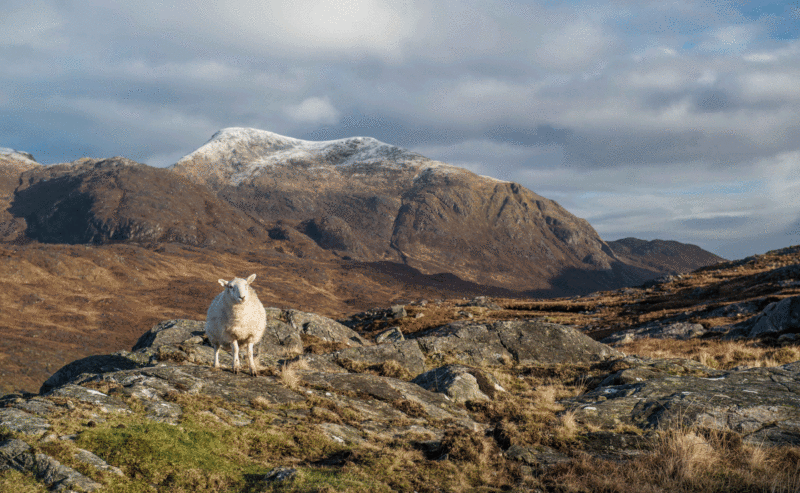“ Harris Tweed is hand-woven by the islanders at their homes in the Outer Hebrides, finished in the Outer Hebrides and made from pure virgin wool dyed and spun in the Outer Hebrides.”
It is said that the cloth of a master craftsman is made not just from knowledge of his craft, passed down through the centuries to become a highly skilled art, but also from knowledge of how to get the best from his tools, which have oftentimes been in the same family for generations.
Despite the craftsman’s skill taking months to learn yet years to master, his skilled hands are able to manipulate the idiosyncrasies of his loom with ease, and the cloth that he produces is a result of patient labour, deep love, and an innate understanding of the tools and materials he uses.
There is perhaps no other material in the world that better encapsulates the embodiment of this skill, and the magic and romance of master craftsmanship than Harris Tweed. As the world’s only commercially produced hand-woven tweed, this stylish, versatile and – as history has ultimately proved – timeless cloth is desired by both lords and laymen alike, and has adorned not just backs, but bags, shoes and even interiors. The essence of the brand is the unique story it tells, and with famous fans of Harris Tweed including King Charles, the Princess of Wales and Madonna, it’s not hard to see why the appeal of this durable design staple continues to endure.
The beauty of the style and colour of the cloth is reminiscent of the remote islands in the Outer Hebrides of Scotland on which the material is made. Blazing blues are in similar shades to the surrounding azure seas, russet reds are reminiscent of the rooftops of the cottages that dot the hillsides, deep purples are a perfect match for the local heather, and gorgeous greens are great substitutes for the lush landscape. This abundance of natural influence is woven into the very fabric of every piece of Harris Tweed, reflecting the life and the land of its origin.
Such visceral and prominent ties to the land in which it is manufactured means Harris Tweed is protected in a similar way to Champagne, as it can only be made on the Scottish isles of Harris, Lewis, Uist and Barra. While its roots reach right back through the years, the capitals used for writing Harris Tweed are a fairly recent addition to its history, a bid by Harris Tweed’s statutory body (the Harris Tweed Authority) to better protect the story and status of this luxurious cloth.
Harris Tweed’s importance has even been enshrined in law, and it is subsequently now protected by its very own act of Parliament. Passed in 1993, the Harris Tweed Act ensures that Harris Tweed is “hand-woven by the islanders at their homes in the Outer Hebrides, finished in the Outer Hebrides and made from pure virgin wool dyed and spun in the Outer Hebrides.” The Act ensures the quality and authenticity of the cloth that carries the Harris Tweed name and bears the mark of the Harris Tweed Orb (the logo most usually found affixed to every finished Harris Tweed product). Every single part of the process, from start to finish, takes place on these islands, and every single person involved – every dyer, spinner, warper, weaver, inspector and more besides – makes the Outer Hebrides their home. Most of the wool used actually comes from mainland Scotland but at the beginning of every summer, the islanders still come together to round up and shear the local sheep. The whole process of making Harris Tweed is thus necessarily meticulous and invariably complex, but such methodical attention to detail at every stage of production and inspection maintains both the quality and the legacy of this world-famous cloth.












